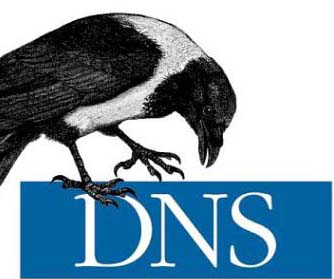Once we have accessed this command line we can communicate directly with the team and perform a series of tasks. Although it is a text interface, we can customize it in design, colors or fonts by accessing its properties through a secondary click in the CMD frame.
Its operation is simple: we write the command (and its modifiers in its case) and the CMD application acts as an interpreter for its execution. There are many commands that we can use for a wide variety of tasks. We list a few to handle and troubleshoot your home network.
ipconfig
It is one of the most useful network commands. Reports current TCP / IP network settings and updates DHCP and Domain Name System (DNS) settings.
ping
Tests the state of the local host's communication with one or more remote computers on an IP network. By sending ICMP packets, it diagnoses the status, speed and quality of a given network.
tracert
It allows to know the packets that come from a host (network point). A statistic of the RTT or network latency of these packets is also obtained, offering an estimate of the distance at which the communication ends are.

pathping
Combine ping and tracert utility. It is more informative, so it takes longer to execute. After the packets are sent to a specified destination, the route taken is analyzed and packet loss is calculated and provides details between two hosts.
getmac
Gets the mac of the computer where it is running. The MAC address is a 48-bit identifier determined and configured by the IEEE and the manufacturer (24 bits each). Also known as a physical address, it is unique for each device.
nslookup
It is used to know if the DNS is correctly resolving names and IPs. It also allows us to find out the IP address behind a certain domain name. If you want to convert an IP address to a domain name, just type it in your browser and see where it leads.
netstat
Powerful command that displays network statistics and enables diagnostics and analysis. By default, it shows a list of the active connections of a computer, both incoming and outgoing. It includes the protocol in use, routing tables, interface statistics, and connection status.
netsh
Synonymous with network shell, it allows modifying, managing and diagnosing the configuration of a network, with more detail and power than the previous ones. An advanced command that offers a lot of options using its modifiers and that, as an example, allows you to change the primary and secondary DNS of a computer.














No Comment